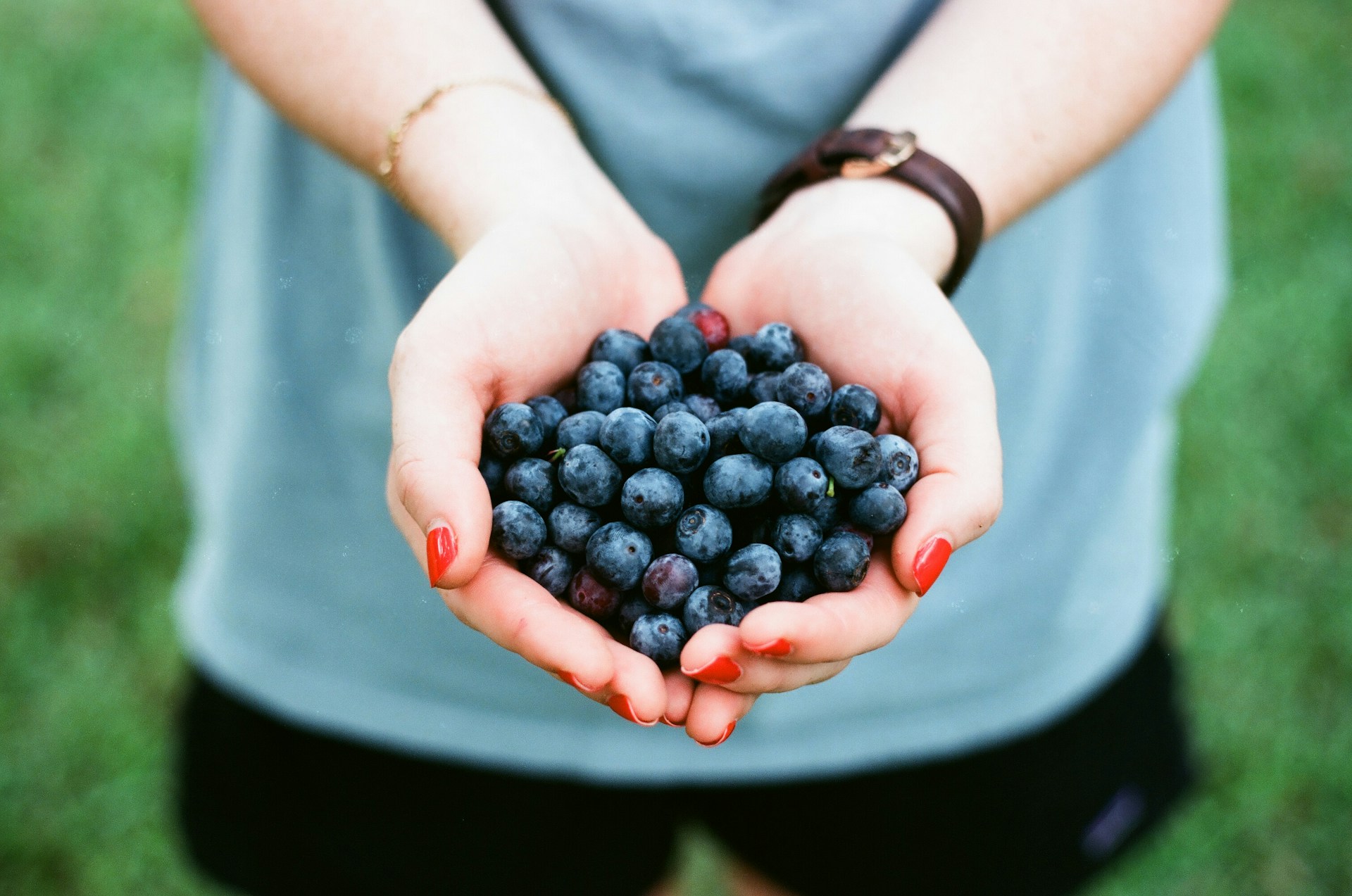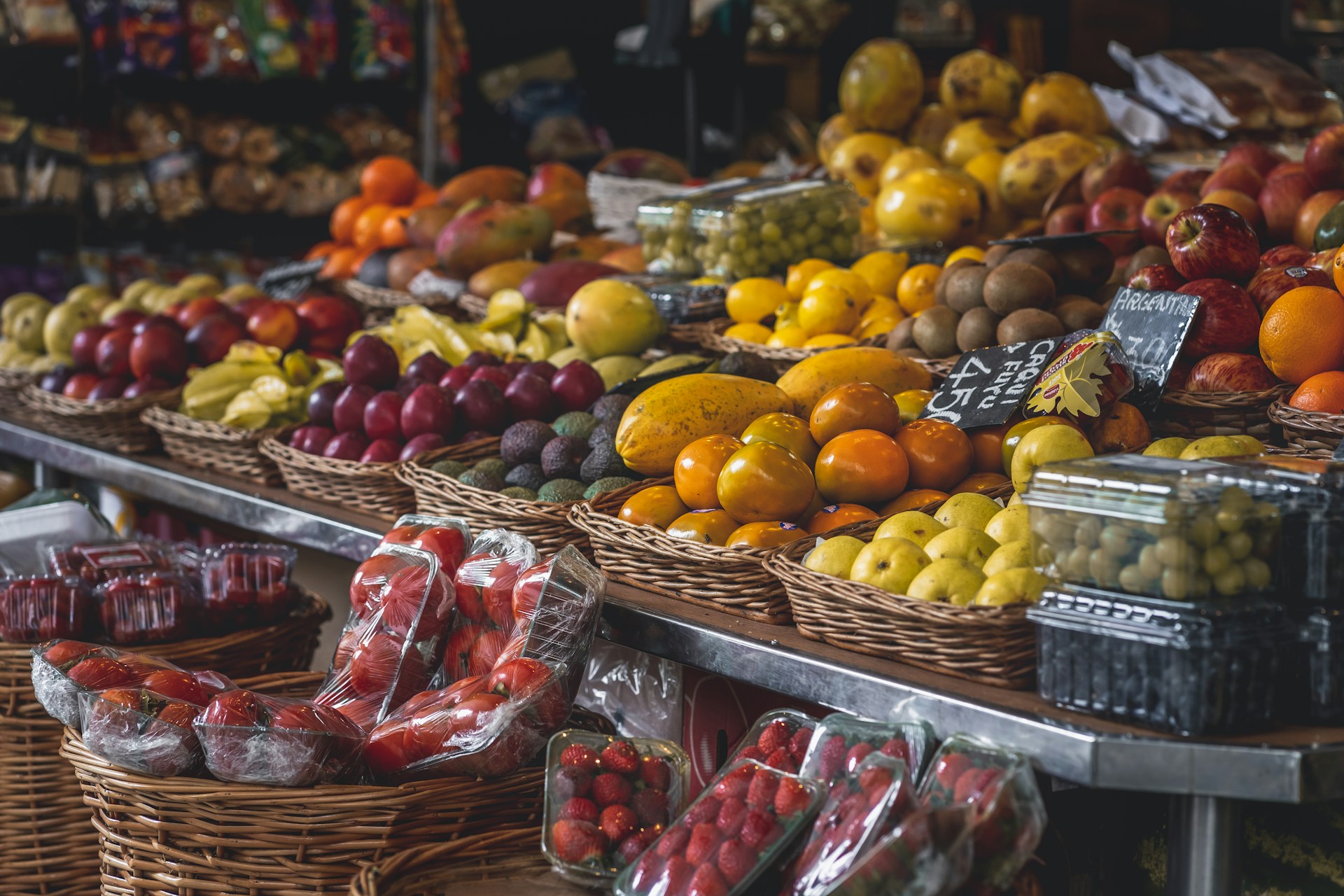Proper handling and storage of fresh produce is a pertinent issue from both a food safety and a supply chain perspective.
Mishandling can have significant consequences resulting in both financial loss and health hazards.
This piece will provide an in-depth exploration of key strategies to ensure safe and efficient practices.
Due importance will be given to industry mandates, scientifically approved methods, and expert recommendations.
The goal is to educate on the crucial but often under-discussed facets of food safety in the produce industry.
It’s a subject matter that we hope will engage supply chain professionals, food safety inspectors, and health enthusiasts alike.
Contents
Best Practices For Produce Handling & Storage Safety
1. Wash Hands and Surfaces Before Handling Produce
The first step towards ensuring safety in produce handling and storage is to thoroughly wash your hands and all surfaces that will come into contact with the produce.
This seems like a common-sense guideline, but it is often overlooked and can lead to cross-contamination.
There are a multitude of harmful bacteria and viruses which can survive on your hands and surfaces, such as salmonella and E.coli, which can contaminate your fresh produce.
This can cause food-borne illnesses, that can be avoided with proper hand and surface cleanliness.
Bacteria and viruses can be transmitted from your hands to the produce, and it’s for this reason that regular and thorough washing of your hands before handling produce is so important.
It’s crucial to remember that not only does this step help to guard against bacteria and viruses, but it can also prevent the introduction of foreign matter like dirt or other particles onto your fruits and vegetables.
Start by ensuring you have soap and clean, warm running water at your disposal.
When washing your hands, it is recommended by the Centers for Disease Control and Prevention to scrub for at least 20 seconds.
Don’t overlook areas such as the back of your hands, between your fingers, and under your nails, where bacteria often hide.
Once your hands are clean, concentrate on the surfaces where you’ll be placing your produce.
These surfaces could include kitchen countertops, cutting boards, knives, and any other kitchen utensils that might come into contact with your fruits and vegetables.
Using a kitchen sanitizer or a solution of bleach and water (1 tablespoon of bleach to 1 gallon of water), thoroughly clean these surfaces.
The cleaning solution should be made fresh each time to maintain its effectiveness against bacteria.
Rinse the surfaces after cleaning to prevent the bleach or sanitizing product from coming into contact with your produce.
In addition to washing your hands and cleaning your surfaces, be sure to put on clean clothes or an apron to prevent transmission of bacteria from your clothes to the produce.
Extra precautions should be taken if you are feeling ill or have been in contact with someone who has a communicable illness.
When managing fresh produce safety, remember that continuous cleanliness is an essential factor.
Proper hand and surface sanitation can provide a strong line of defense against foodborne illnesses and is an easy way to ensure you’re handling and storing your produce in the safest way possible.
2. Store produce at recommended temperatures.
When it comes to storing produce, temperature can have a significant impact on its freshness and quality.
The specific temperature ranges can vary based on each type of fruits or vegetables, so it’s essential to know the proper storage conditions for each.
For instance, apples and berries require cooler temperatures, around 32 to 36 degrees Fahrenheit for optimal storage.
Understanding and utilizing the recommended temperatures for your specific produce helps increase its lifespan and maintain its quality.
On another hand, tropical fruits like bananas, pineapples, or papayas prefer room temperature, around 55 to 60 degrees Fahrenheit.
Bulb vegetables like onions and garlic can also be stored at room temperature, but they need good air circulation and relatively dry conditions.
Leafy greens like lettuce, spinach, and kale perform best at colder temperatures, ideally right above freezing at 36 degrees Fahrenheit.
Keeping these produce types in a fridge helps to retain moisture and keep them crisp.
It’s also important to remember that not all fruits and veggies get along – some, like apples, bananas, and tomatoes, produce a ripening agent, ethylene gas, which can speed the ripening or even spoiling process for other items stored nearby.
Therefore, it is a good practice to separate ethylene-producing food from those that are sensitive to it.
You should also avoid storing produce in sealed plastic bags on the counter or in a hot car, as these conditions can promote bacterial growth.
Remember, keeping your produce at the correct temperatures not only ensures its best quality, but also help in preventing premature over-ripening or spoilage.
By complying to these guidelines, you will enhance the safety, quality, and longevity of your produce, making them always ready for your next great meal or recipe.
Storing produce at the ideal temperature ensures that it remains at peak freshness for the maximum time possible, making it more appetizing and maximizing your investment.
Overall, correctly storing your provision at the recommended temperature is a key aspect of proper food handling and safety, contributing to a more sustainable and waste-free kitchen.
3. Separate Raw Produce from Other Foods
When it comes to maintaining the safety and integrity of raw produce, one of the most crucial steps you can take is to keep them separate from other, potentially harmful, food products.
This is because raw fruits and vegetables are often susceptible to cross-contamination.
For instance, when raw produce is stored adjacent to raw meats, there’s a risk of harmful bacteria transferring onto the produce.
This can lead to serious illnesses if consumed, making it a leading concern in food safety.
Always remember, it is crucial to keep raw produce separate from other foods to prevent cross-contamination.
However, keeping raw produce separate isn’t only confined to physical separation.
When using knives, chopping boards, or any other kitchen tools, ensure they’re cleaned thoroughly before being used on raw produce if they’ve come into contact with other foods like meats or dairy.
This is because bacteria can live on these surfaces and contaminate your fresh fruits and veggies.
Similarly, if you’re handling different types of raw produce, wash your hands in between to prevent cross-contamination.
A simple step like this can greatly reduce the risk of transferring harmful bacteria.
Not only will this help to protect your health, but it will also preserve the quality of your produce, ensuring you get the most from your fruits and vegetables.
If you’re storing produce in the fridge, remember to store your raw fruits and vegetables in sealed containers or plastic bags.
This will provide an additional layer of protection against potential contaminants.
Finally, remember to always clean your fridge regularly to also minimize the risk of cross-contamination.
Follow these key steps to ensure your raw produce remains safe, fresh, and ready for consumption.
4. Don’t use damaged, bruised or spoiled produce.
One key element of safe produce handling and storage is the proper selection of the fruits and vegetables to use.
It’s absolutely crucial to avoid using damaged, bruised, or spoiled produce.
These are more than just aesthetic issues, as these conditions can create an ideal breeding ground for harmful bacteria.
Damaged or bruised parts of fruits and vegetables are especially susceptible to bacterial growth.
For this reason, it’s best to discard any produce items that show signs of damage, bruising, or spoilage.
It’s not enough to simply cut off the affected part, because bacteria can spread to the rest of the produce.
Furthermore, these bacteria can contaminate other fruits and vegetables if you store them together, so proper separation is vital.
The best way to tell if a fruit or vegetable has gone bad is to look at its color, smell its odor, and feel its texture.
If you find any discolored patches, smell any unusually foul odors, or feel any soft or slimy spots, you should discard the produce item immediately.
Keeping a keen eye on the state of your produce ensures safety in consumption.
It’s always better to be safe than sorry when handling produce to avoid the possibility of a foodborne illness.
Remember that pathogens causing disease are invisible to the naked eye.
You won’t be able to see if a fruit or vegetable is contaminated, so it’s always best to dispose of questionable produce.
Cultivate good habits by inspecting your produce thoroughly and frequently.
This will not only ensure the longevity and freshness of your produce, but also the safety and health of those who will consume it.
Following these guidelines keeps your kitchen safe and your food tasty and healthy.
5. Wash Produce Before Use, Not Before Storage.
The safety of fresh produce is a primary concern for various stakeholders in the food industry. One key advice in this regard is to wash produce before use, not before storage.
This practice, though seemingly simple, plays a crucial role in ensuring that the produce stays fresh and safe for longer periods. It impacts the longevity of stored produce directly.
Washing produce before storage can inadvertently cause spoilage due to moisture build-up, hence the wisdom of washing it just before use.
It is important to understand that storage invariably affects the freshness of produce. However, washing produce before storage can exacerbate this deterioration process.
The reason being, any remaining moisture from the wash can accelerate bacterial and fungal growth. This will, in turn, lead to a quicker spoilage, reducing the produce’s shelf life.
The washing of produce should rather be reserved for when you want to use it. This way, you can eliminate any surface dirt, bacteria, or potential pesticide residues present on the produce ensuring that it is safe for consumption.
When washing, it is recommended to use cold running water. Do not use soap, detergent, or commercial produce washes as these can leave residues which are not safe for consumption.
Also, produce with a tough surface like melons or cucumbers can be scrubbed gently with a clean vegetable brush to remove dirt and potential contaminants. A thorough wash under running water, however, should suffice for most types of produce.
Leafy greens may require special attention as dirt can become trapped in their complex structures. Individual leaves should be washed and then drained or pat dried before use.
Admittedly, this practice may require more time and effort than washing the produce collectively before storage. However, the benefits in terms of increased longevity and safer food are worth it.
It’s also important to handle the produce gently during washing to avoid causing any potential damage which can create opportunities for bacterial growth on the produce while it is stored. Damage to the plant tissues also speeds up the decay process.
The rationale behind this practice is that unwashed produce stores better and stays fresh for a longer period. The mantra to observe is “Clean hands, clean utensils, wash before use.”
To sum up, the practice of washing produce before use, rather than before storage, is fundamental to food safety and should be adopted by anyone handling produce. This simple practice has a far-reaching impact, significantly contributing to the goal of delivering safe and fresh food to consumers.
The Bottom Line
Sentences long.
Taking every measure possible to ensure the cleanliness, quality, and safety of your produce is essential for maintaining overall health and wellness.
Ensuring hand hygiene along with clean surfaces, correctly storing produce, and keeping it separate from other food items can notably reduce the risk of cross-contamination.
Additionally, discarding damaged or spoiled produce can significantly minimize potential health hazards.
By implementing these practices, not only will the safety and longevity of your produce increase, but it will also allow you to enjoy the full nutrient benefits they offer.




